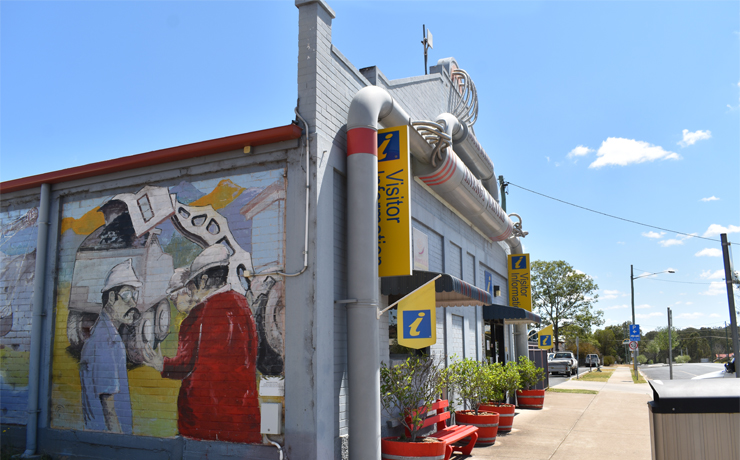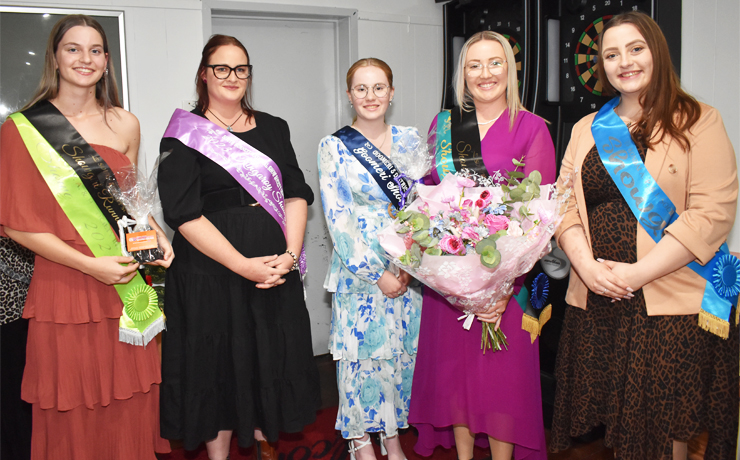
December 13, 2018
The State Government, in partnership with the Local Government Association of Queensland (LGAQ), will spend $3 million to extend a successful training program which has been running in Indigenous communities in Queensland.
Training Minister Shannon Fentiman and other Cabinet members shared the news with Indigenous Mayors earlier this week at a meeting in Brisbane.
She said the three-year extension to the program was due to its high success.
“The Capacity Building for Remote Indigenous Communities program gives Indigenous Queenslanders the opportunity to gain the skills and training they need to find work and build a successful career,” Ms Fentiman said.
“Since August 2015 we have invested $1 million each year to work with 16 Indigenous Councils, plus six councils with high Indigenous populations, and due to it’s success we have extended this partnership for another three years to 2021.
“Almost 1700 Queenslanders have gained a qualification thanks to this investment and it’s delivering fantastic results, with more than 90 per cent of participants gaining employment.”
“Improving job prospects for Queenslanders will boost the local economy and help businesses to grow.”
LGAQ chief executive Greg Hallam said the program was focussed on two major outcomes: Maximising local employment and ensuring training completion.
“This training delivered on-country and tailored to the needs of councils and participants,” Mr Hallam said.
“This great initiative has seen employment rates of Aboriginal and Torres Strait Islander people in Indigenous councils increase from 58.9 per cent in 2013 to 84.5 per cent in 2017; and 95 per cent completion rates, far exceeding all expectations.”
He said the scope of the training supported all Council functions and ensured workers were compliant with legislation, licences and tickets and held the necessary skills and knowledge to perform their roles satisfactorily.
The overall results of this project far exceeded the target of 750 participants over the first three years and completion and employment rates were significantly higher than previous vocational education and training programs in these regions.























